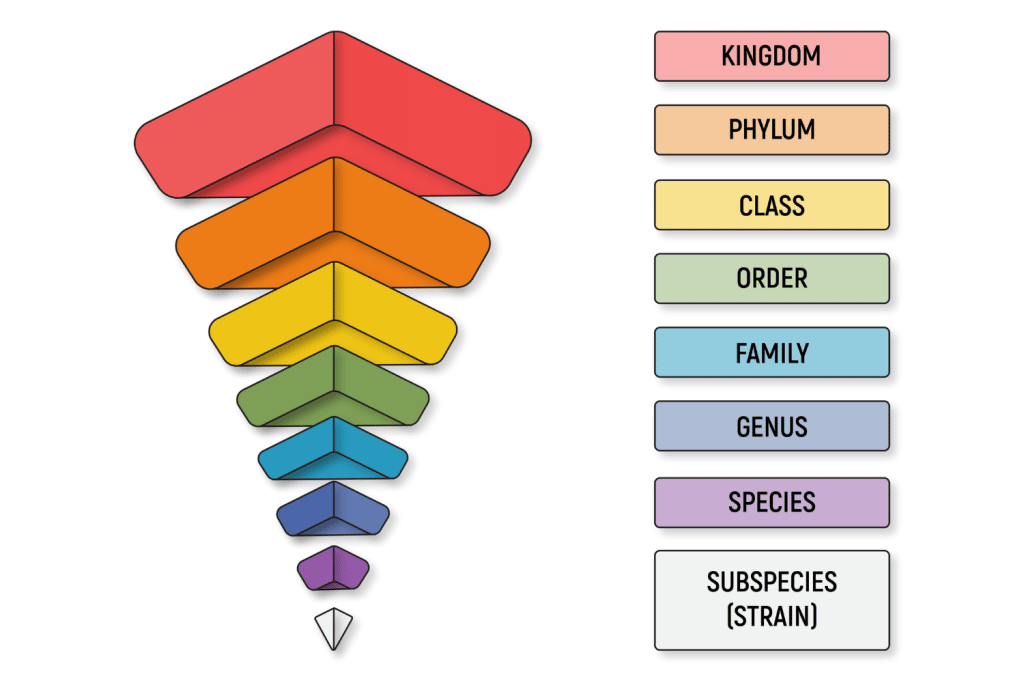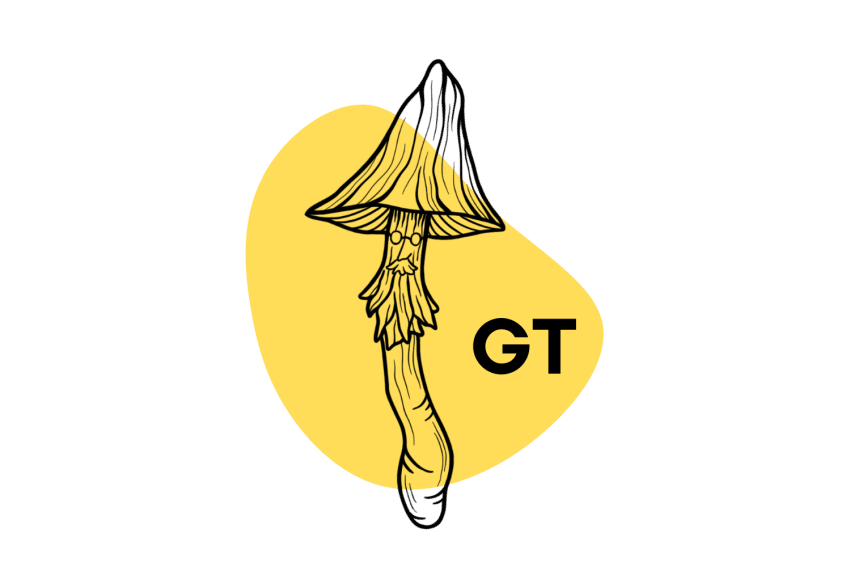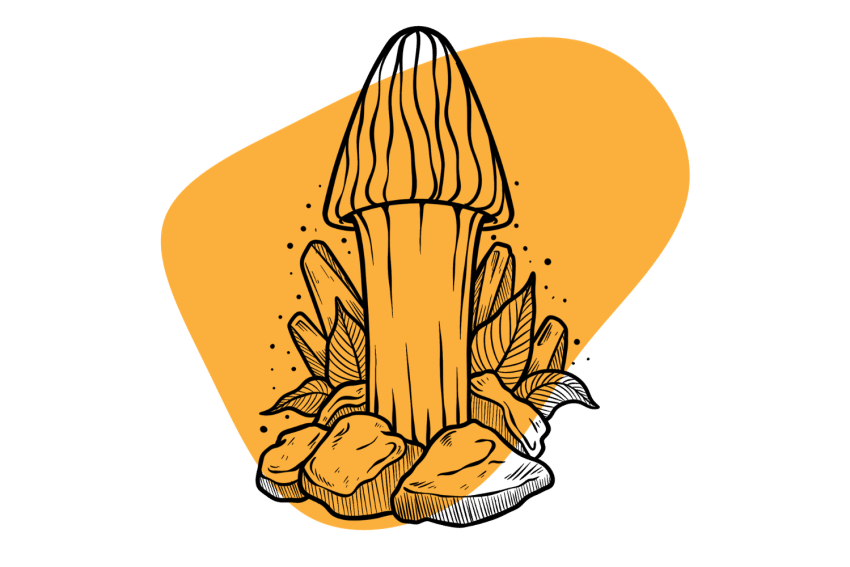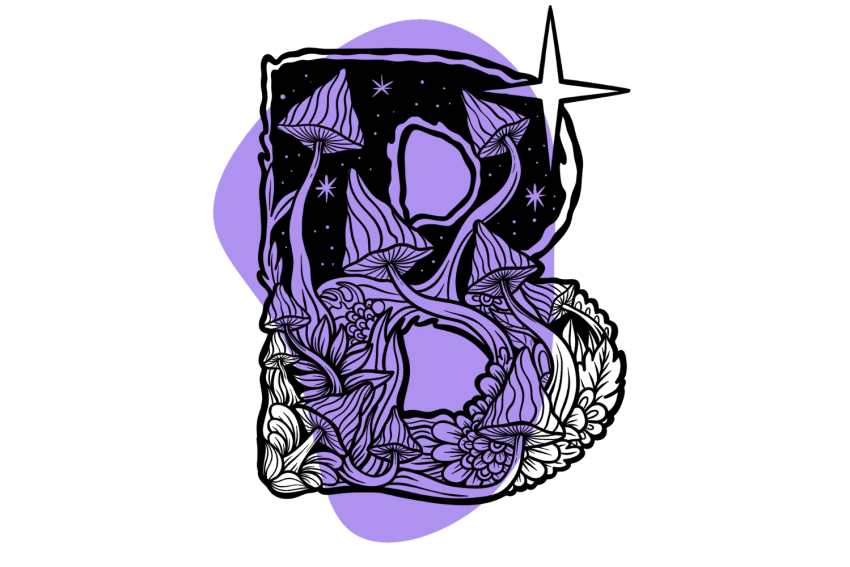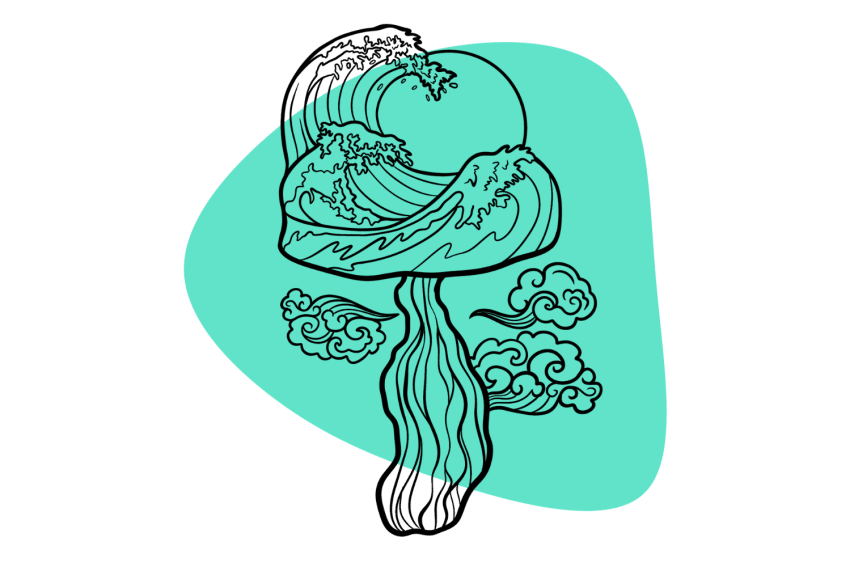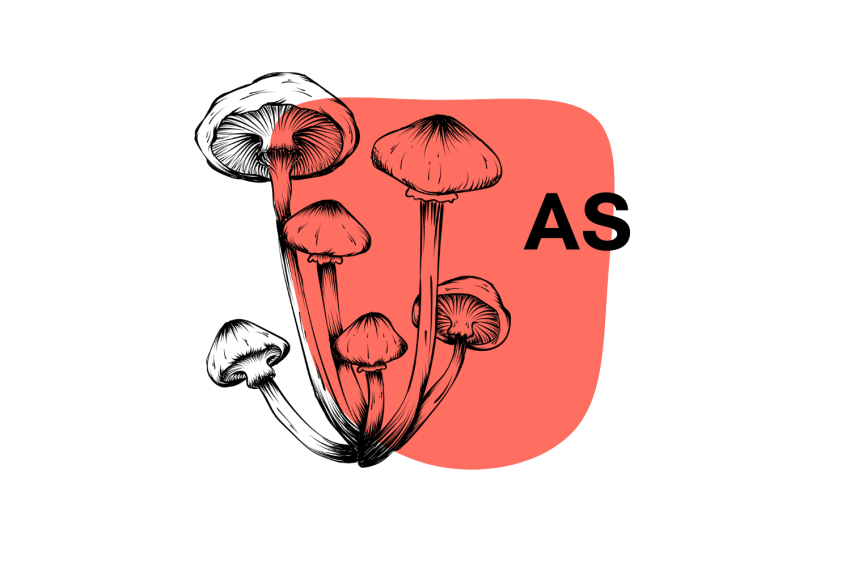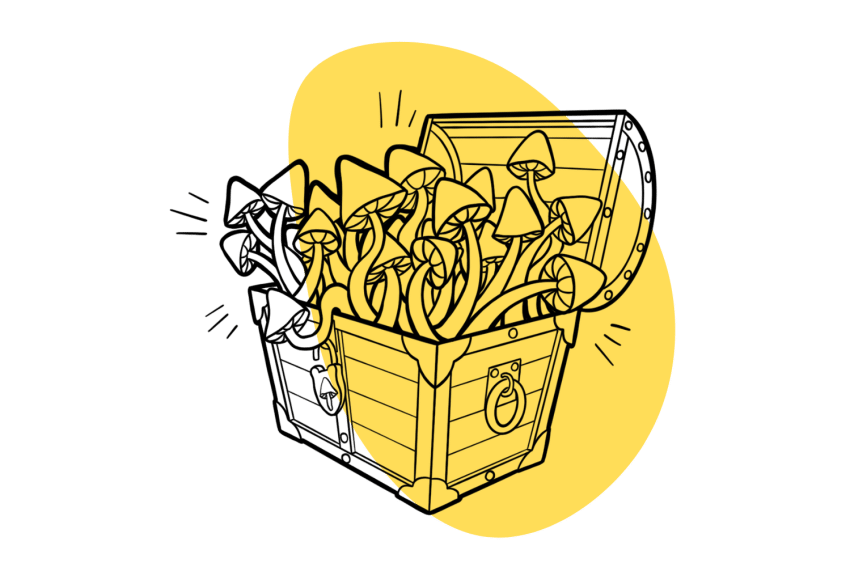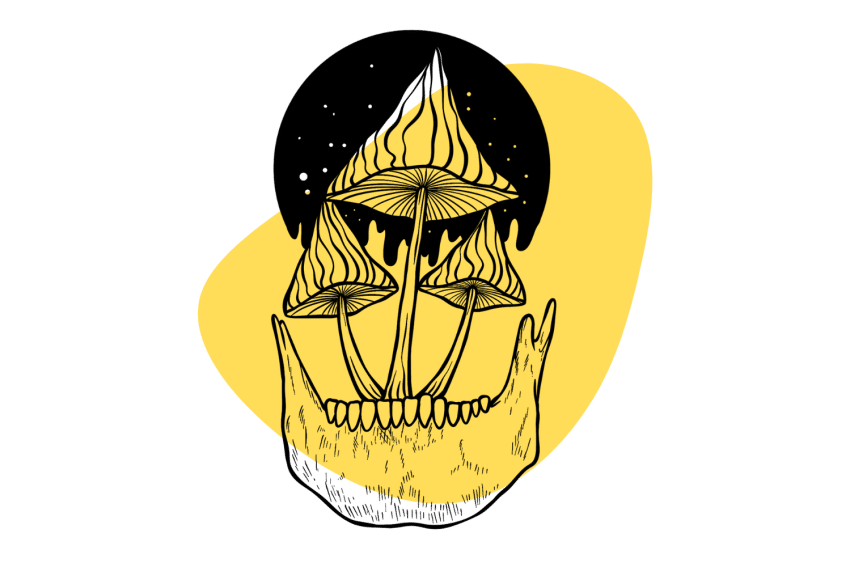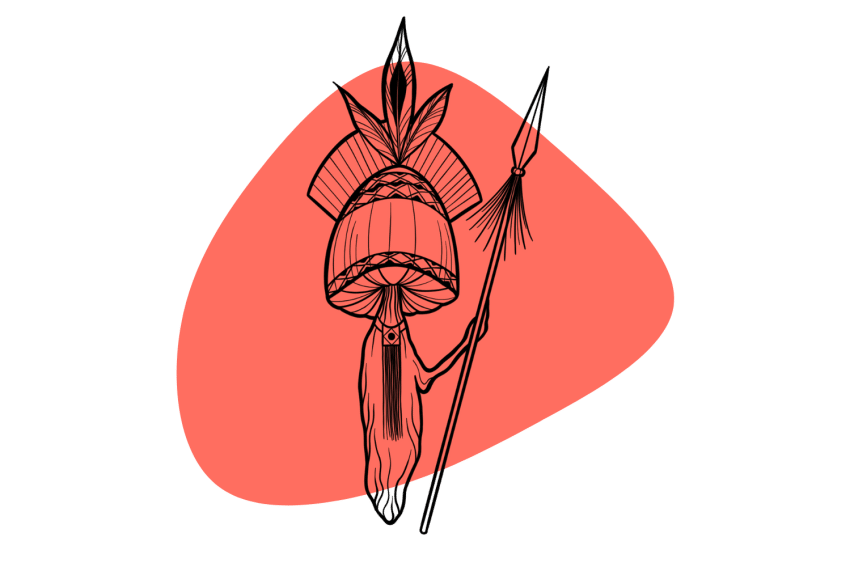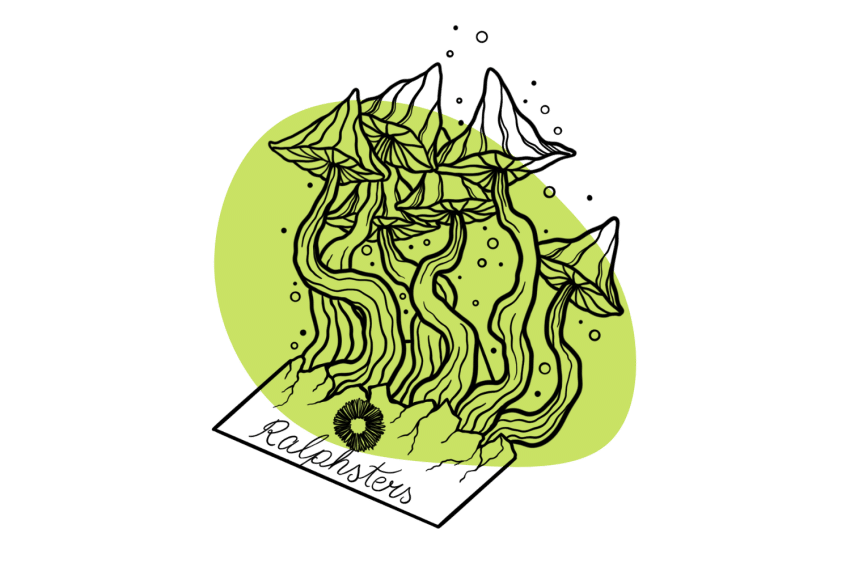Guadalajara Mushroom Strain: Is It Reliable for Spiritual Experiences?
Ready for a spiritual journey? Guadalajara might be your ticket.🎟️
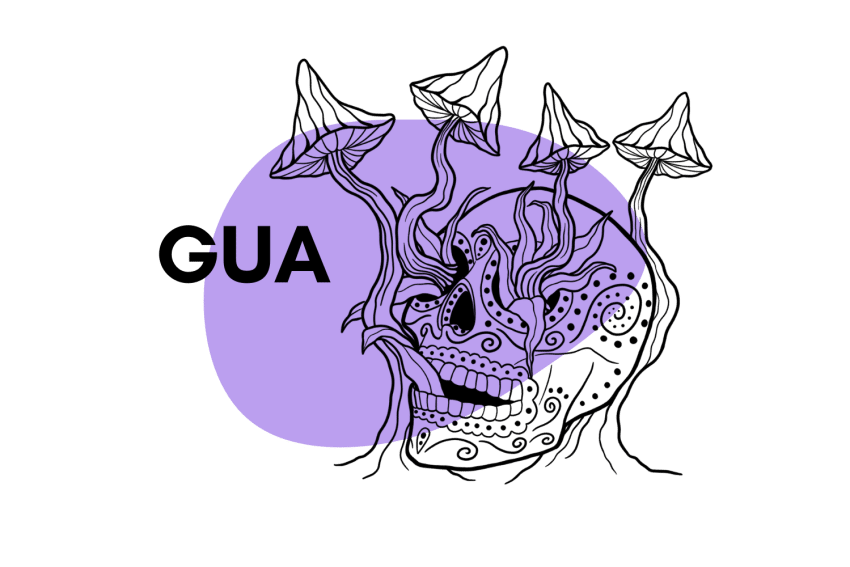
Primarily known for its food and calm weather, Guadalajara is also home to possibly one of the most well-regarded magic mushroom strains to come out of Mexico.
These shrooms are famed for their surprisingly deep, rich caramel color and gentle thinness to their stems, making them especially attractive for growing at home.
Just like many other wild shrooms, Guadalajara typically grows in cattle fields and has a reputation for being part of ancient spiritual practices. Indigenous people would use them to open their minds and engage with their ancestors. These shrooms hold a special place in the hearts of those who use magic mushrooms for spiritual purposes.
As far as cultivation goes — this strain is a hearty fruiter. The first flush tends to be pretty standard, but the second and third are especially dense and may sometimes produce a few absolute units.
Guadalajara Specs
| Potency | Above Average 💪 |
| Cultivation | Intermediate |
| Species | Psilocybe cubensis |
| Substrate Recommendation | Rye Grain or Manure |
| Sold By | Miracle Farms or Ralphsters |
History of The Guadalajara Strain
In the same vein as many more regional magic mushroom strains, there isn’t much known about this strain’s specific history.
While it most certainly originated in the Guadalajara province of Mexico, there isn’t a lot of information out there regarding who found it or helped it gain popularity.
This strain is both prolific and spiritual, just like the nomadic Cuyuteco people who populated the Guadalajara province in ancient times.
It can colonize extremely aggressively and has a good propensity for creating out-of-body experiences. It’s a solid and reliable intermediate shroom enjoyed inside and outside Mexico.
Potency & Psilocybin Content
It would be helpful to know its exact psilocybin content, but unfortunately, there isn’t much information available. So far, this strain has never been entered into competitions that test tryptamine levels like the Psilocybin Cup or others like it.
However, based on our testing and analysis of over 100 trip reports we’ve collected involving this mushroom, we place it above average in terms of potency. Most reports involving this mushroom suggest significant out-of-body experiences and moderate to heavy visual hallucinations.
Based on this information, we estimate the total tryptamine levels of the Guadalajara strain to fall somewhere between 0.9% and 1.8% of the dried weight.
Where to Buy Guadalajara Spores
A lot of the time, older landrace strains like this are pretty tricky to buy and have a reputation for being impossible to track down. This is also true with Guadalajara.
Currently the only sources of Guadalajara spores come from Miracle Farms or Ralphsters.
Here are some other vendors to check out (for other strains):
- If you live in the United States — Spores 101, MYYCO
- If you live in Canada — Spores 101, Sporeslab, Planet Spores
- If you live in Europe — The Magic Mushrooms Shop (🇪🇺), Shiny Spores (🇬🇧)
→ View all spore vendors & grow kit suppliers
How to Grow Guadalajara
Buying magic mushrooms from shroomeries is always convenient, but some people prefer to be more hands-on with the process.
For those wanting to grow magic mushrooms like Guadalajara, it is surprisingly easy to get started, as you can easily purchase the spores online.
Once you have spores, growing them is actually pretty simple — Guadalajara is renowned for its colonization speed, meaning it takes very little for it to become acclimated and begin the sporing process.
Expect a shorter growing period than other strains, though the caps are slightly smaller.
You can have a healthy harvest capable of inducing a potent spiritual journey if you keep the air humid by misting the medium frequently.
Similar Strains
Here are a few similar strains for those who want a similar experience but cannot find Guadalajara.
The closest alternative is other Mexican strains. Some examples include Escondido, Huautla, Lizard King, Matias Romero, Mazatapec, Mestizo, MexiCube, Palenque Mexico, Tapalpa, Teonanacatl, and Xapuri.
Here are some of the best alternatives for those interested in the Guadalajara magic mushroom strain:
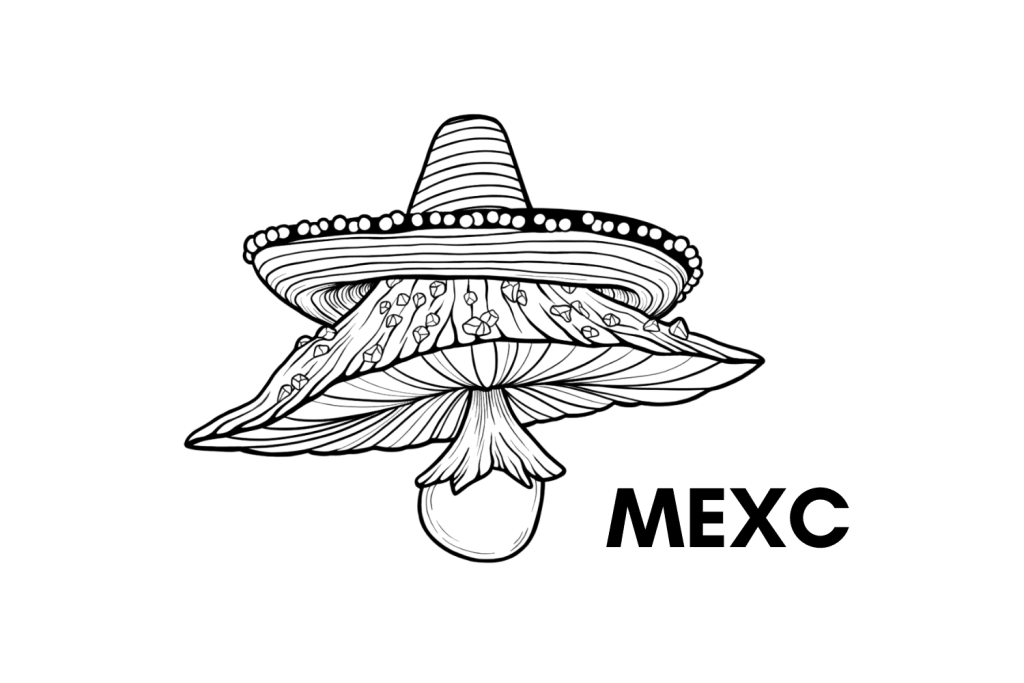
Mexican Strain
As the name suggests, the Mexican strain comes from Mexico and is a more generic variety of magic mushrooms from Central America.
The specific genetics and psilocybin content are just as unknown as with the Guadalajara strain, but it should give a similar overall experience.
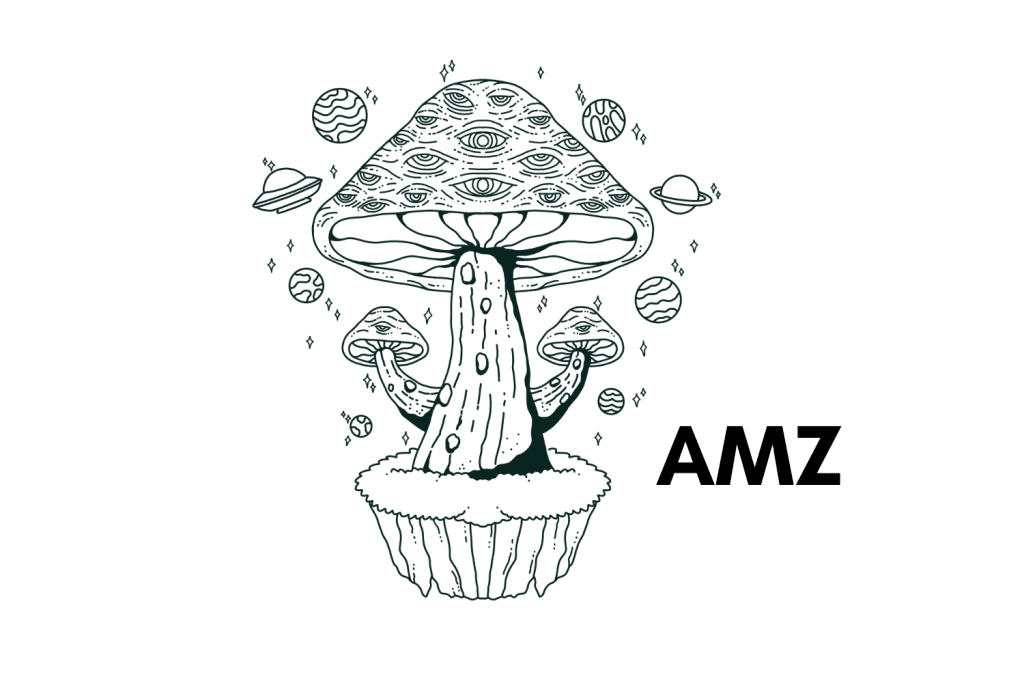
Amazon
Amazon, also known as PES Amazon, is an indigenous strain that originates from the jungles of the Amazon rainforest in Brazil but was first popularized in the USA.
It’s supposedly especially strong and more likely to induce a spiritual, open-minded experience than other strains.
The Amazon strain is likely closely related to other indigenous strains across Central and South America and shares the same cultural and spiritual history.
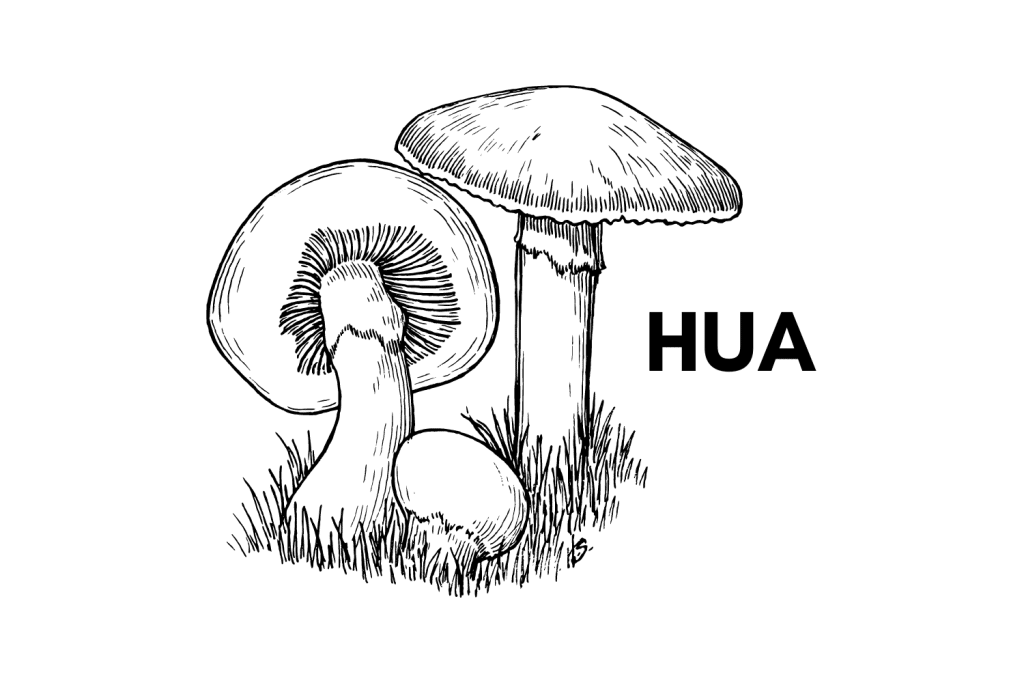
Huautla
If you’re looking for an indigenous strain, why not go for another Mexican one?
Just like Guadalajara, Huautla comes from Mexico and has a long history of being a part of spiritual rituals and likely has existed for centuries.
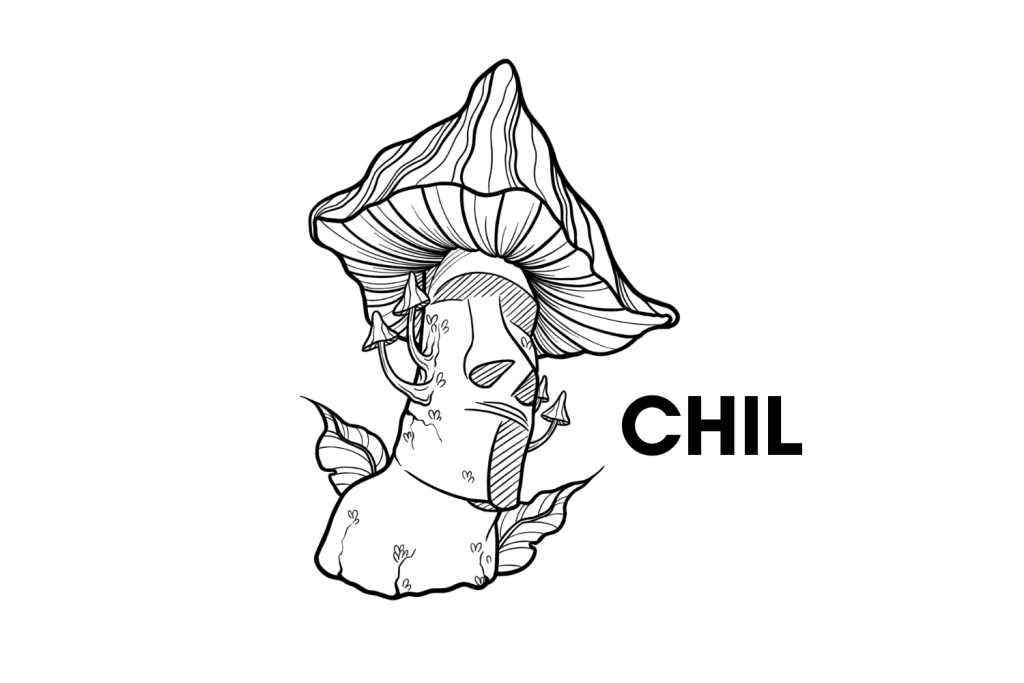
Chilean Strain
Sometimes, we want to try a strain that has a unique history instead of getting the strongest one possible.
Guadalajara and other strains like it have a history usually tied to spiritual rituals conducted by ancient peoples long before the idea of calling them magic mushrooms was ever a thing.
The Chilean strain is similar in this way. It’s related to the Amazon strain but is slightly smaller and produces similar hallucinogenic effects, though it does take a bit longer to grow.
Strains vs. Species: What’s the Difference?
There’s often confusion surrounding the difference between a particular strain and a species, and a lot of people tend to mix them up.
A species refers to a specific group of organisms that share a particular set of genetics. This means they’re linked together through similar genetics.
There’s usually a multitude of strains within a species. Strains have their own observable and typically repeatable set of characteristics, usually things like growing habits, particular flavors, or variations in color.
